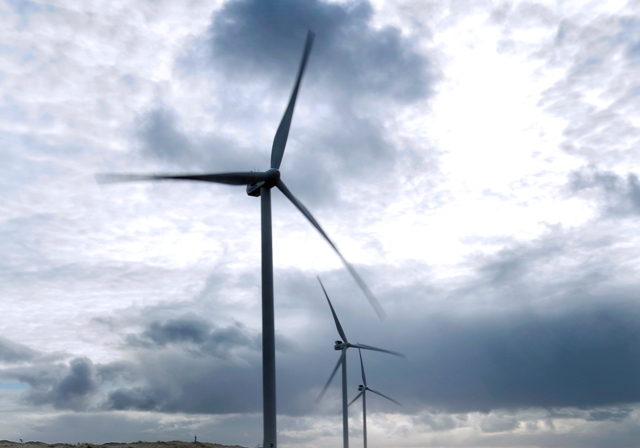Vestas, the world’s #1 wind turbine supplier, announced it aims to produce zero-waste wind turbines by 2040.
Vestas, which has more than 25,000 employees worldwide offering services to 91 GW of wind turbines, is the first wind turbine manufacturer to commit to zero-waste wind turbines, meaning running a value chain that generates no waste materials.
Vestas will achieve this status by developing and implementing a new waste-management strategy, introducing a circular economy approach in the different phases of the value chain: design, production, service and end-of-life. Vestas will present the strategy within the next two years.
“Establishing such an ambitious goal for waste reduction is paramount to ensuring a better world for future generations,” said Anders Vedel, executive vice president of Vestas Power Solutions at Vestas.
An estimated 11.2 billion tonnes of solid waste is collected every year. Solid waste is estimated to contribute to 5 percent of global greenhouse gas emissions. Waste generated from turbine blades alone is estimated to be around 43 million tonnes accumulated by 2050. The global wind energy market set to grow by an average of 3 percent per year in the coming decade.
Vestas wind turbines are on average 85 percent recyclable, however wind turbine blades are currently comprised of non-recyclable composite materials.
Vestas will consider all aspects of the turbine lifecycle, aimed at improving the recyclability rate of blades and nacelles. Vestas will be focusing on improving the recyclability of all wind turbine blades. Vestas will introduce incremental targets to increase the recyclability rate of blades from 44 percent today, to 50 percent by 2025, and to 55 percent by 2030.
Vestas will start several initiatives to address the handling of blades after decommissioning. These will cover new recycling technologies that are optimal for composite waste, such as glass fiber recycling and plastic parts recovery. Vestas will be implementing a new process around blade decommissioning, providing support to customers on how to decrease the amount of waste material being sent to landfill.

